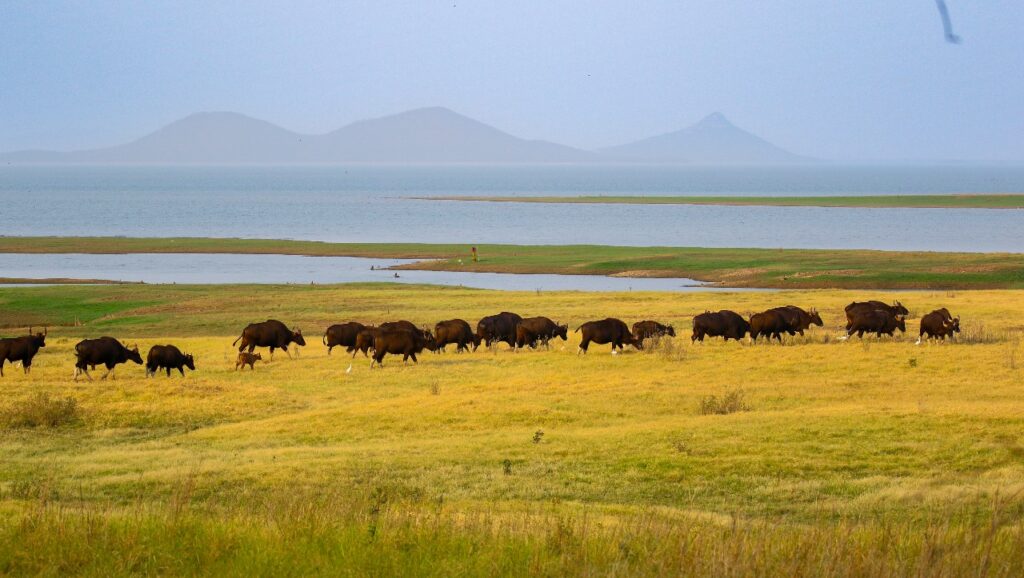
Anshu Pragyan Das, a dedicated forest officer heading the Hirakud Wildlife Division in western Odisha, has become a name synonymous with participatory conservation. Her work in the Debrigarh Sanctuary, which spans 353 sq km of mixed deciduous forests and dense bamboo brakes, stands as one of India’s most inspiring stories of voluntary relocation and ecological recovery.
Anshu Pragyan Das is also a passionate wildlife photographer, writer, and conservation educator. She has authored six books, the latest being “Debrigarh: The Heritage of India.”
She is in conversation with R S Tejus of Green Minute and speaks about the challenges encountered in the conservation of Debrigarh Sanctuary in Odisha.
Below in this picture, you can see Anshu Pragyan Das with villagers at the site of construction of new houses.
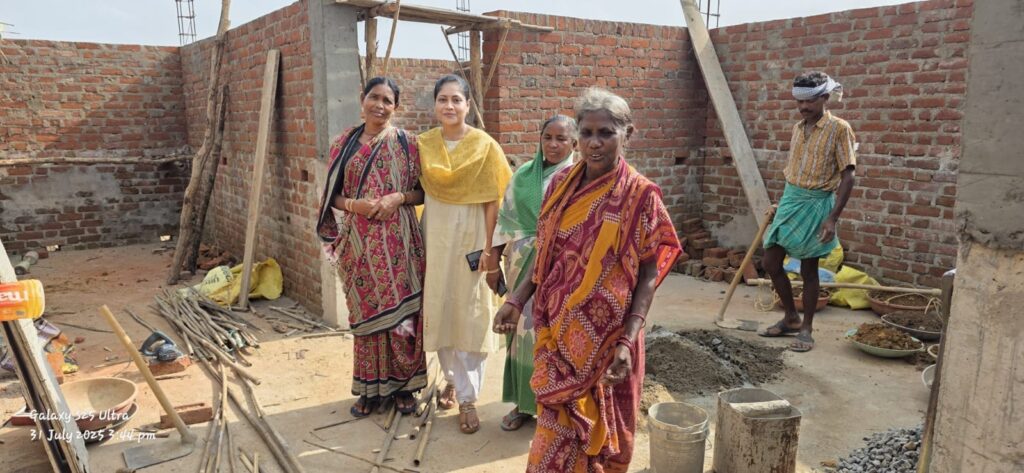
Her field-based approach and strong belief in community partnerships have transformed Debrigarh into a living example of how forest management, biodiversity protection, and sustainable livelihoods can go hand-in-hand.
1. What drew you to the Debrigarh landscape, and how did you begin addressing its conservation challenges?
As the Divisional Forest Officer of the Hirakud Wildlife Division, my focus has always been on protecting and restoring the Debrigarh Sanctuary. Alongside habitat protection, voluntary relocation of villages became a crucial step toward long-term conservation and human well-being.
Today, after years of coordinated effort, the core of Debrigarh Sanctuary is free from human habitation, creating secure wildlife corridors and strengthening forest regeneration across this ecologically sensitive landscape.
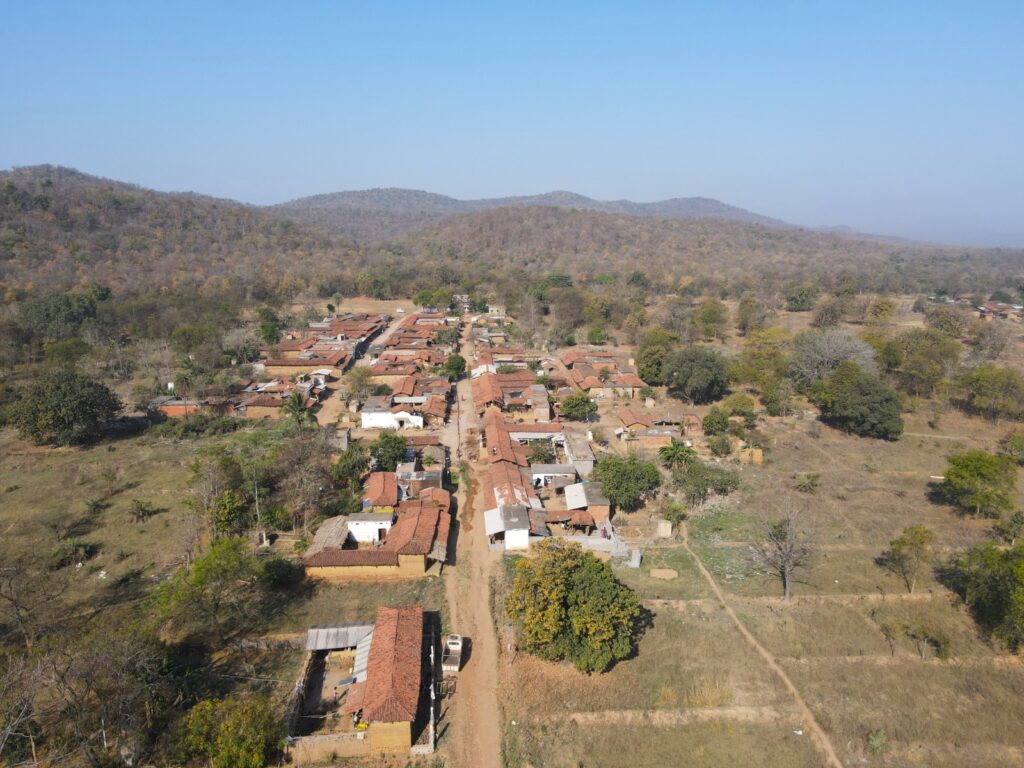
2. When did the idea of relocation begin to take shape, and what were your early apprehensions?
Voluntary relocation of four villages – Lambipali, Rengali, Bhutuli, and Kurumkel – involving about 400 families, began during 2021–22.
In 2021, Gram Sabhas were held in each village, where 100 percent consent for voluntary relocation was obtained.
Villagers agreed to a ₹15 lakh compensation package and an ex-gratia of ₹1 lakh per acre under the Forest Rights Act claims. Each family also received 10 decimals of homestead land and a pucca house, along with electricity, road access, school, health care, temple, and playground facilities in the new colonies.
Families were first shifted to temporary settlements built by the Odisha Forest Department and district administration. Voluntary relocation and rehabilitation of one village is now complete; the remaining three are in advanced stages of completion.
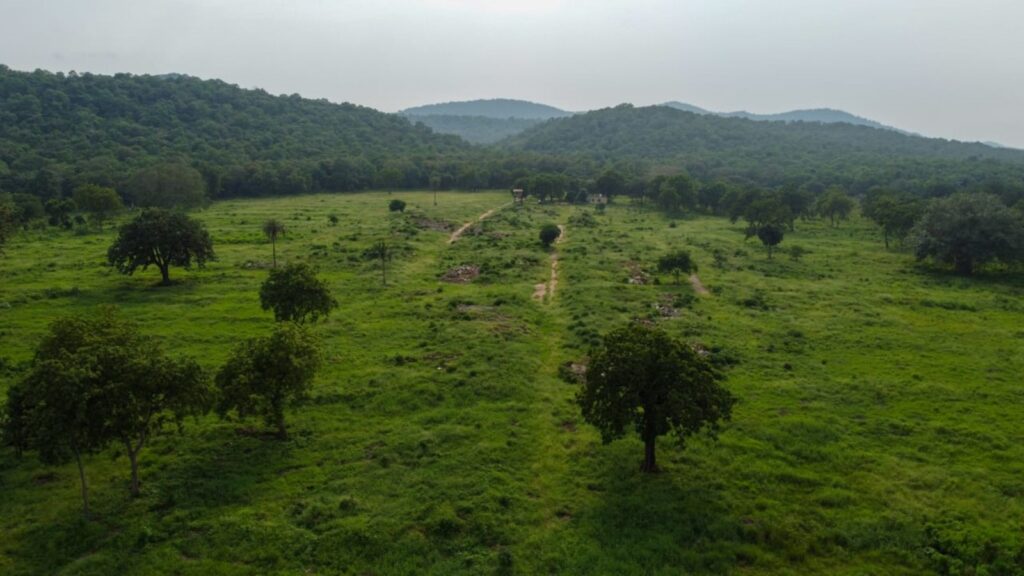
3. How did you form the team and chart a roadmap for such a large-scale conservation program?
Our team comprised field staff of Debrigarh Sanctuary, public representatives, and members of every relocating family. From the initial planning stage to implementation, all 400 families actively participated in the decision-making process.
This inclusive and transparent approach ensured accountability, strengthened trust, and established a shared sense of ownership – the true foundation of Debrigarh’s success story. Throughout the process, it was perseverance and consistent field presence that made the real difference.
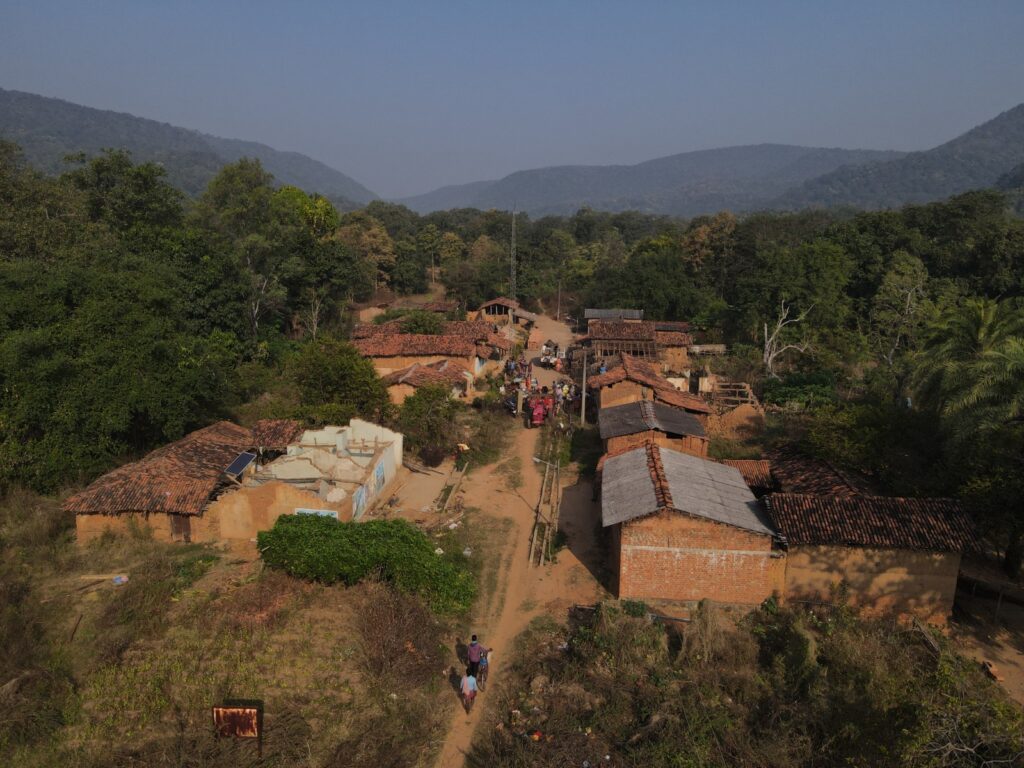
Despite challenges in logistics, emotions, and expectations, the team continued to engage patiently with every family until complete understanding and cooperation was achieved.
Their perseverance transformed what began as a difficult administrative exercise into a trust-driven conservation movement that now serves as a model for other forest divisions in Odisha and across India.
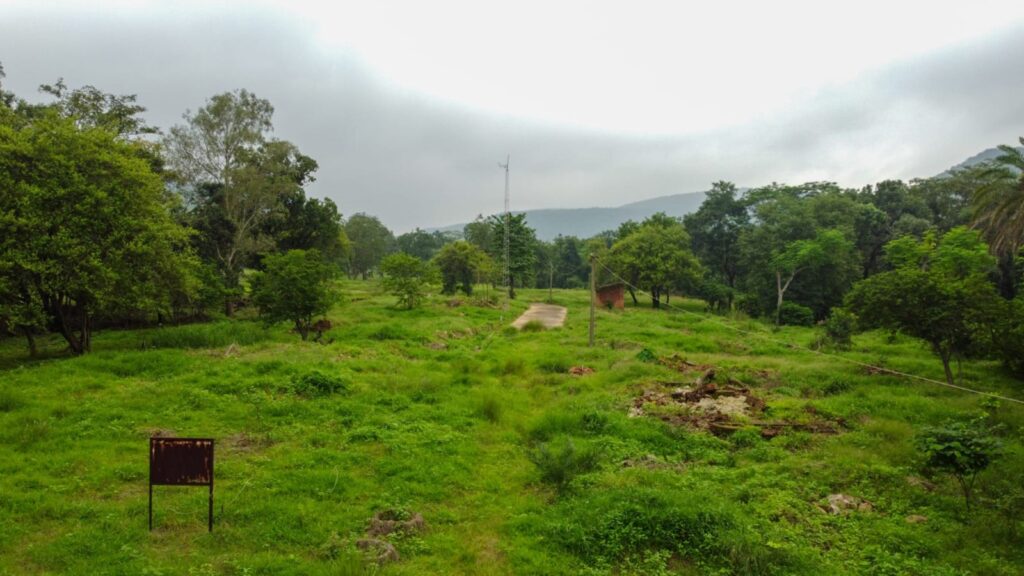
4. What ecological and social factors made relocation inevitable?
Inside Debrigarh Sanctuary, human settlements caused habitat fragmentation, forest depletion, and repeated human-wildlife conflicts. Daily activities like grazing, firewood collection, and cultivation stressed the ecosystem, preventing forest recovery and animal movement.
Socially, villagers living within the sanctuary lacked basic facilities – education, health care, electricity, roads, and livelihood support since development work was restricted inside protected areas.
Hence, voluntary relocation emerged as a win-win solution: it secured an undisturbed habitat for wildlife while ensuring better homes, livelihoods, and infrastructure for the people through planned rehabilitation and inter-departmental convergence.
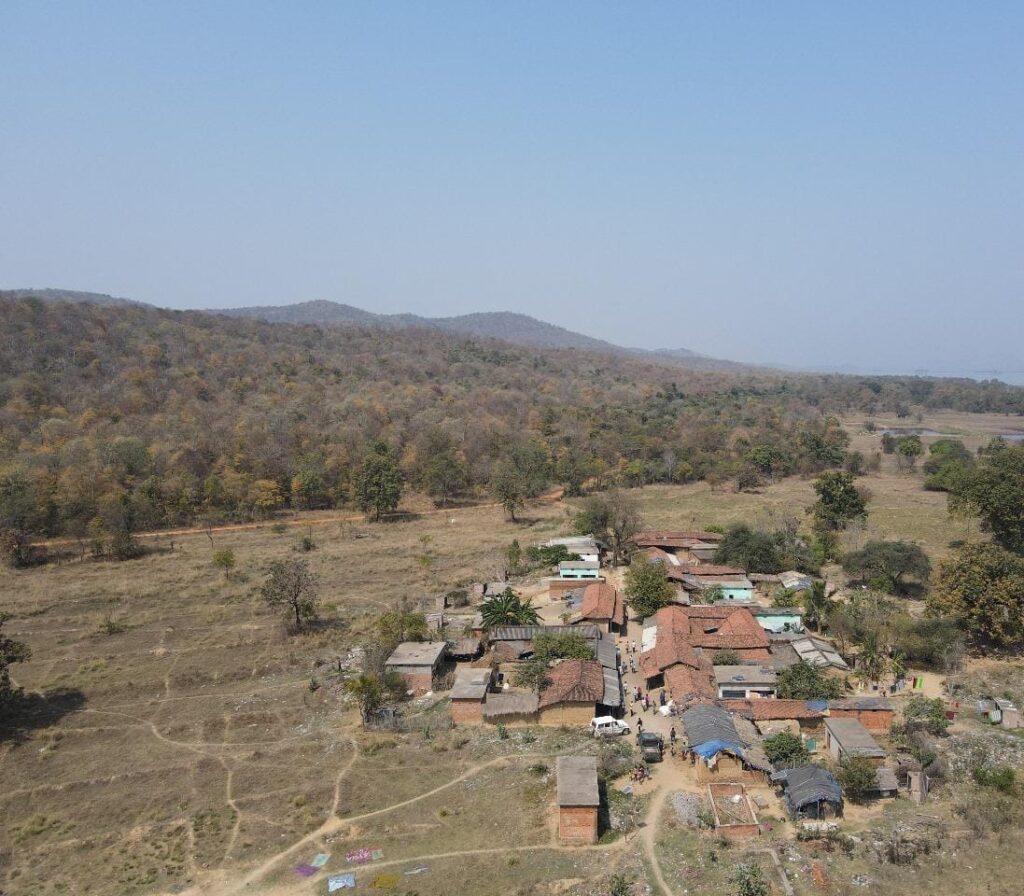
5. What were your initial goals, and how did they evolve over time?
The primary goal was to achieve a peaceful, voluntary, and transparent voluntary relocation process while balancing ecological restoration and community welfare.
Following the resettlement of 400 families, about 500 hectares of recovered land have been converted into lush grasslands and productive meadows that now support deer, gaur, and other herbivores.
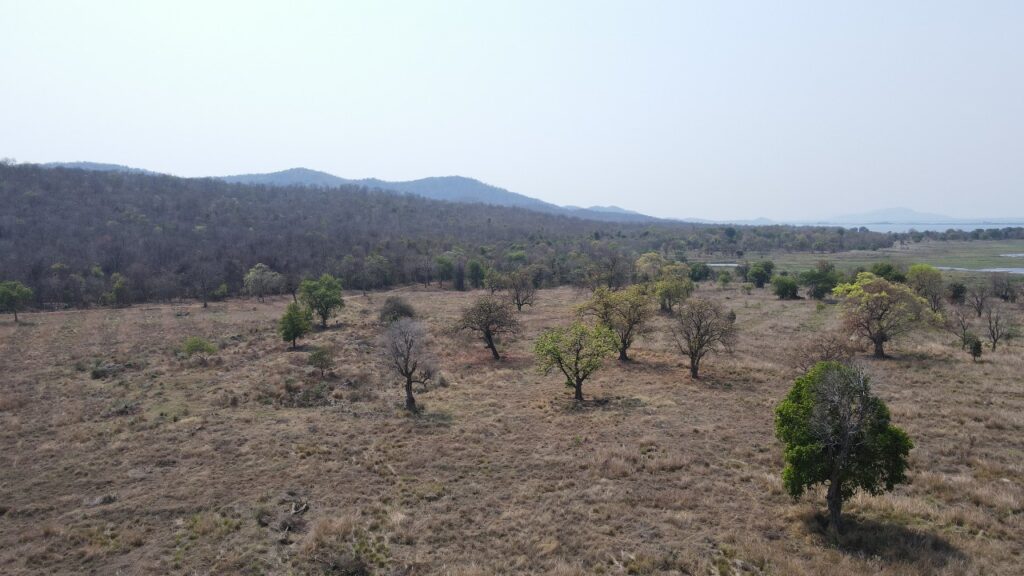
With prey density rising, carnivore movement has increased, and human-wildlife conflict has dropped significantly. Debrigarh today stands as a model of grassland restoration and habitat recovery in Odisha.
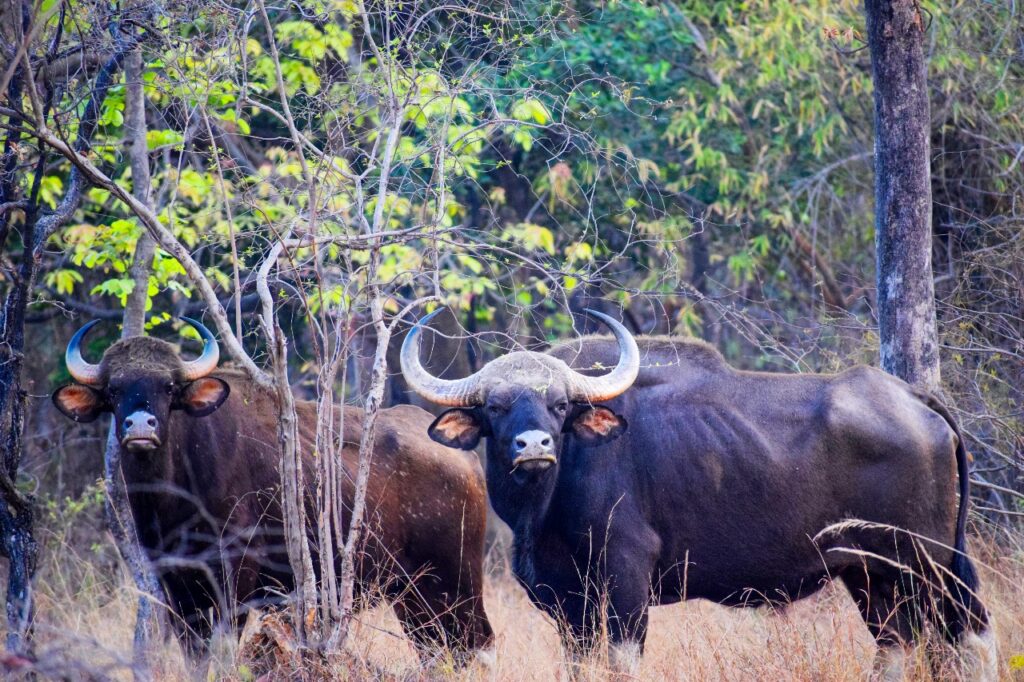
6. How did you build trust with the community and coordinate with other departments?
Community trust was the cornerstone of Debrigarh’s relocation success. Frequent village meetings and awareness sessions explained the purpose, benefits, and entitlements under the relocation package. Transparency and constant communication helped secure complete voluntary consent.
To ensure smooth implementation, the forest division worked closely with the District Administration and departments of Revenue, Rural Development, Housing, Energy, Education, and Health. Through the convergence of government schemes, families received permanent homes, electricity, roads, schools, and health services. Regular reviews and joint inspections helped resolve issues quickly.
This coordinated effort built institutional support and community ownership, turning Debrigarh into a benchmark for participatory forest management and wildlife relocation in India.
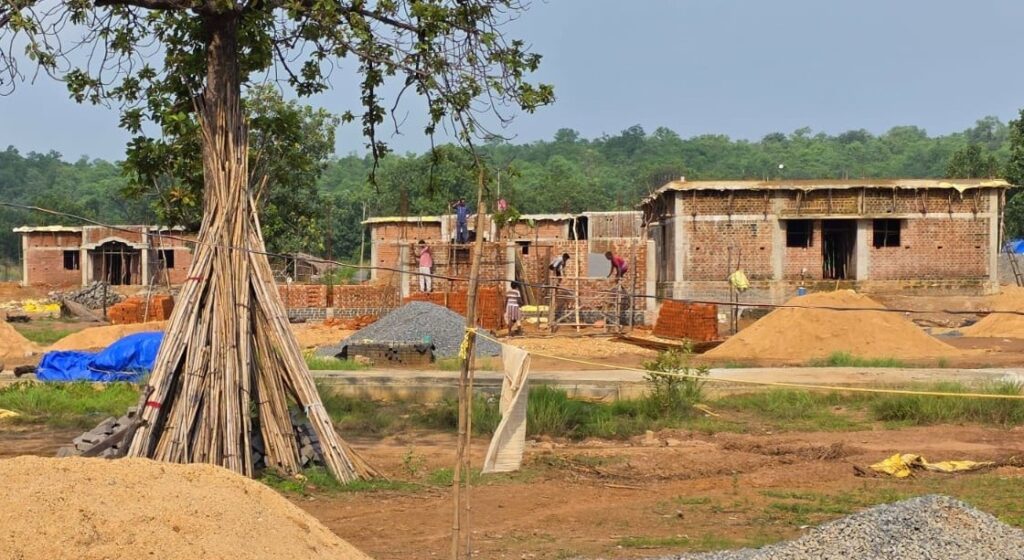
7. What moments stood out as turning points in the conservation journey?
Gram Sabhas with unanimous consent: The villagers’ collective decision to relocate peacefully was a historic moment.
Transparency and clarity: Explaining compensation and benefits in simple language built their confidence and trust.
Early delivery of benefits: Timely payment, construction of homes, and restoration of temples reinforced faith in the process.
Inter-departmental synergy: Joint field visits and meetings displayed government commitment and coordination.
These efforts collectively transformed a sensitive initiative into a national model for community-based conservation and sustainable development.
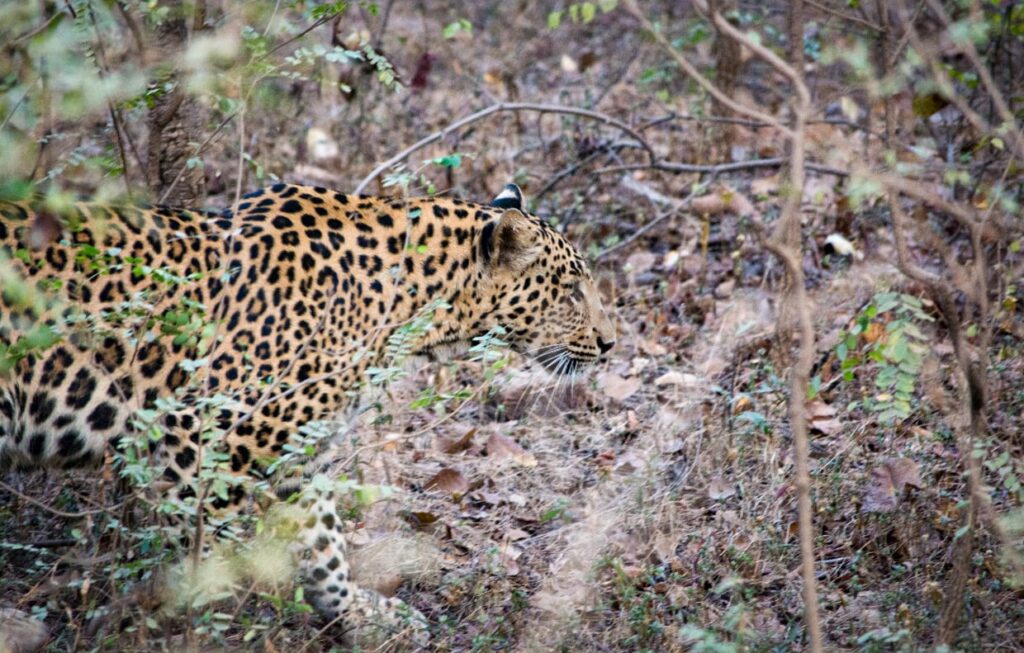
Looking Ahead
The Debrigarh relocation programme is not just about moving villages – it is about restoring forests, rebuilding trust, and reviving ecosystems. The story of Hirakud Wildlife Division and its forest officer Anshu Pragyan Das demonstrates that with vision, empathy, and transparency, conservation can truly be inclusive.
(To be continued in Part 2 of Conservation Conversations next month)
